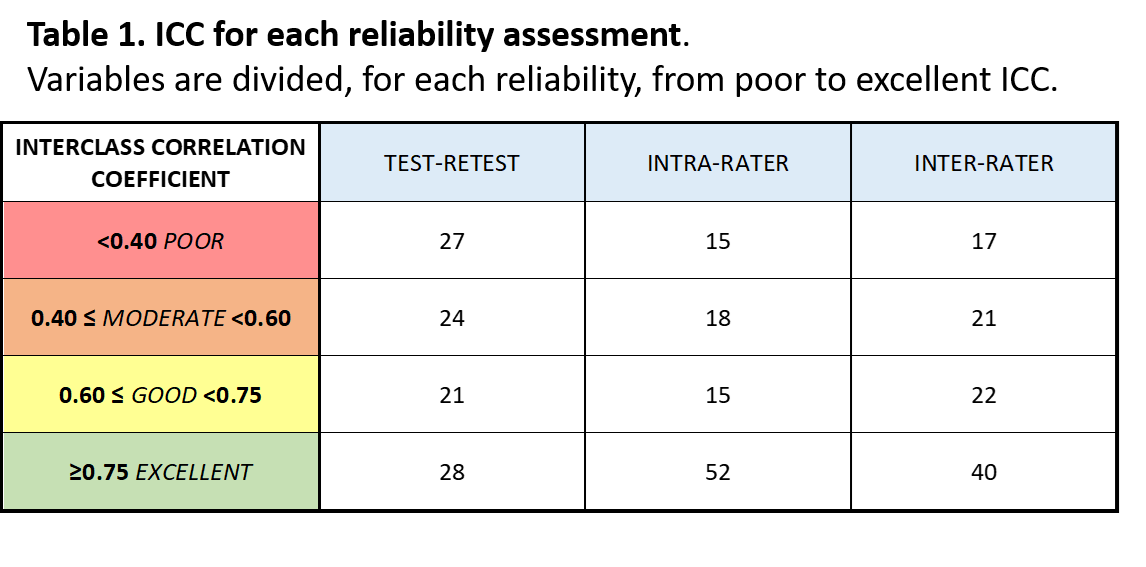Arcolin Ilaria (Istituti Clinici Scientifici Maugeri IRRCS, Department of Physical and Rehabilitation Medicine Unit, Institute of Veruno, Italy)
Giardini Marica (Istituti Clinici Scientifici Maugeri IRRCS, Department of Physical and Rehabilitation Medicine Unit, Institute of Veruno, Italy)
Libiani Gianluca (Istituti Clinici Scientifici Maugeri IRRCS, Department of Physical and Rehabilitation Medicine Unit, Institute of Veruno, Italy)
Corna Stefano (Istituti Clinici Scientifici Maugeri IRRCS, Department of Physical and Rehabilitation Medicine Unit, Institute of Veruno, Italy)
Godi Marco (Istituti Clinici Scientifici Maugeri IRRCS, Department of Physical and Rehabilitation Medicine Unit, Institute of Veruno, Italy)
The Timed Up and Go (TUG) test, renowned for its simplicity and wide clinical applicability, is a primary tool for assessing mobility, balance, walking ability, and fall risk in older adults [1,2,3]. This test helps identify individuals at greater risk of falls, making it a cornerstone in fall prevention guidelines [4]. Recently, the TUG test has been enhanced with inertial measurement units (IMUs), creating the instrumented Timed Up and Go (iTUG) test. The iTUG provides detailed insights into functional deficits, specific mobility issues, and improves fall detection sensitivity. It also facilitates the comparison of results across different time intervals and predicts future outcomes [5,6].
Despite its potential, the reliability of the iTUG has only been evaluated in a few studies, primarily involving neurological and heterogeneous orthopedic populations. The present study aims to assess the intra-rater, inter-rater, and test-retest reliability of the iTUG in orthopedic inpatients, particularly those with femur fractures. Additionally, this study seeks to develop an interpretative model of the iTUG to better assess patient performance.
The reliability of 100 variables detected with the iTUG was evaluated using data from 48 inpatients, underwent surgery for femur fracture (38 female, mean age 88.1±5.6 years), prior to their discharge from our rehabilitation ward. Each subject performed the iTUG test five times over two consecutive days, with the tests administered separately by two different physiotherapists. During the trials, patients wore an inertial sensor (EXLs3-m, mHealth Technologies, Italy) on their lower back and were allowed to use their usual walking aid. Test-retest, intra-rater, and inter-rater reliability were assessed through Intra-class Correlation Coefficients (ICCs) [7]. The iTUG variables that demonstrated excellent reliability in all three types of assessments were then used to create a correlation matrix. After removing the highly correlated variables (r>0.90), an exploratory factor analysis was conducted [8].
Table 1 shows the ICC for each reliability assessment. Overall, the ICCs revealed that 11 out of the 100 variables obtained with the iTUG had “poor” reliability, while 27 variables demonstrated “excellent” reliability in all three types of assessments. Of these 27 variables, 6 were highly correlated (r>0.90) and were removed from subsequent analysis. The remaining 21 variables showed a good Kaiser-Meyer-Olkin measure (>0.70) and were distributed across 4 factors, with a cumulative variance of approximately 75%. These factors captured the essential components of the iTUG performance, including measures of acceleration, angular velocity, step duration, gait speed, and other key metrics, providing a comprehensive assessment framework (see table 2).
The iTUG test is not only a practical and easily applicable assessment tool but also a reliable instrument for evaluating people with femur fractures. However, not all the extracted variables provide useful information; by reducing the number to reliable and non-redundant ones, it is possible to define an interpretative model for the assessment of physical performance in people with femur fractures. This model provides more detailed information on specific domains than just the total time of the TUG test measured with a stopwatch. Further research is needed to customize postural transitions for patients with sternal instability, enhancing their rehabilitation and safety.
[1] Podsiadlo D, Richardson S. J Am Geriatr Soc. 1991;39(2):142-8.
[2] Nightingale CJ, et al. JAPA 2019;27(2):230-233.
[3] Herman T, et al. Gerontol. 2011;57(3):203-210.
[4] NICE: The assessment and prevention of falls in older people. 2013, http://www.nice.org.uk/CG161.
[5] van Lummel RC, et al. PLoS One. 2016;11(3):e0151881.
[6] Tan D, et al. MBEC 2019;57:369-377.
[7] McDowell I. Oxford University Press; 2006.
[8] Norman GR, et al. House-USA, Ltd; 2014.

